News
Kunal Kamra Challenges Ola Electric’s Transparency, Sparks Clash with CEO Bhavish Aggarwal!
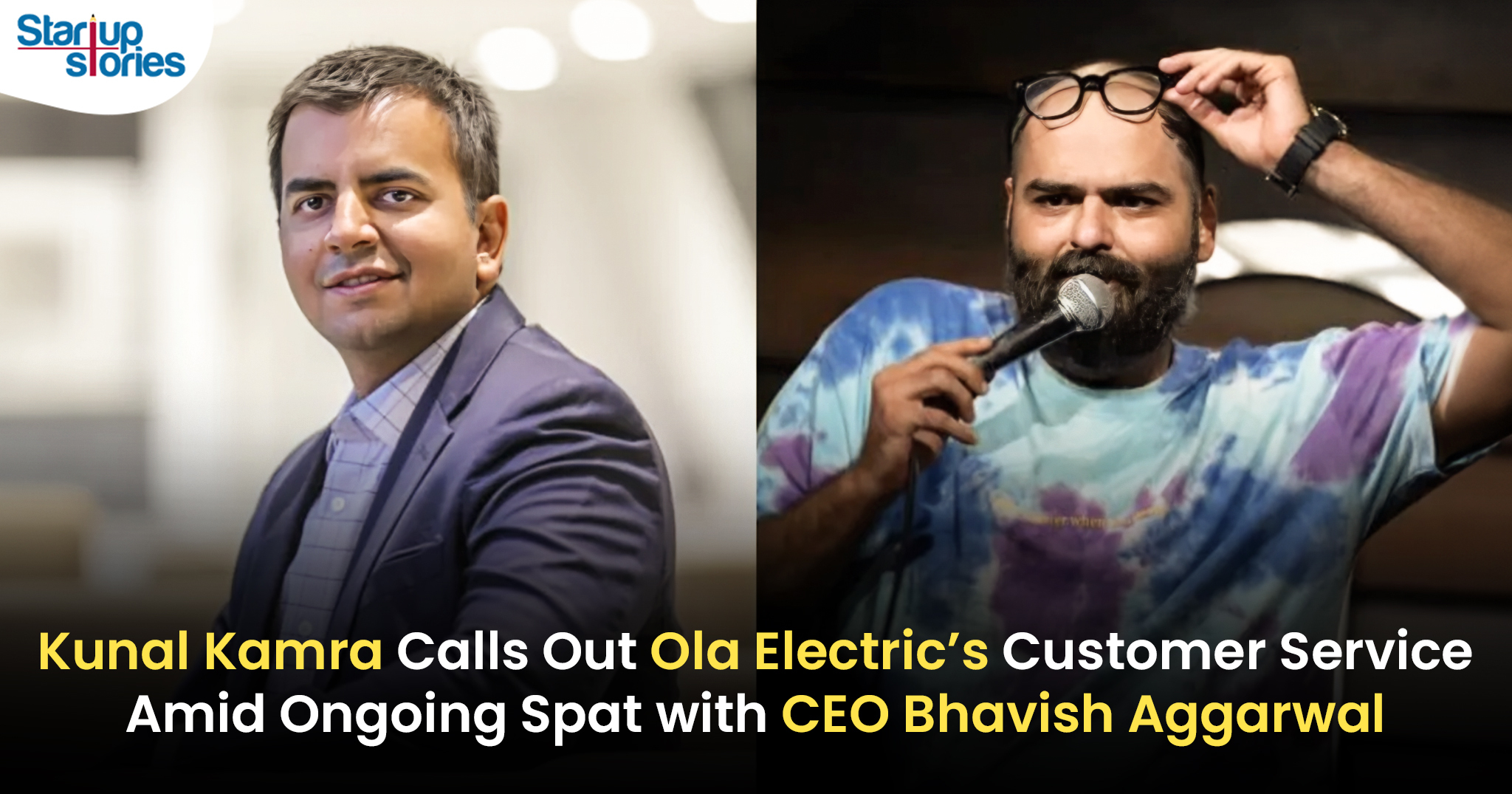
Comedian Kunal Kamra has reignited a public debate with Ola Electric and its CEO Bhavish Aggarwal, calling for greater transparency around unresolved customer complaints. Kamra’s criticism comes amid regulatory scrutiny and a decline in Ola Electric’s stock, adding pressure on the company to address service-related issues.
Kamra’s Criticism
Kamra took to X (formerly Twitter) on Thursday, expressing frustration over the lack of clarity regarding Ola’s handling of customer grievances.
“Ola Electric hasn’t disclosed any plan to issue refunds or resolve ongoing complaints. We don’t even know if there is a plan. All I can do is let @bhash (Bhavish Aggarwal) know that he must release a public resolution plan—and no, it doesn’t involve hiring me,” he posted.
This isn’t the first time Kamra has targeted Ola and its CEO. Earlier in October, he sarcastically responded to a post by Aggarwal showcasing Ola’s gigafactory by sharing a picture of Ola scooters seemingly waiting for repairs, hinting at backlogs in service.
Aggarwal’s Response
Aggarwal responded sharply, referring to Kamra as a “failed stand-up comic” and dismissing his criticism as a “paid post.” He assured the public that Ola Electric is actively expanding its service network and will soon address customer complaints.
Tensions Escalate
The public exchange has coincided with a 6% drop in Ola Electric Mobility’s stock price on October 8, compounding the company’s challenges. This dip came shortly after the Central Consumer Protection Authority (CCPA) issued a notice to Ola for allegedly engaging in misleading advertising and unfair trade practices.
Ongoing Customer Service Issues
Ola Electric has faced mounting criticism over customer service and unresolved complaints, but the company has yet to provide a formal announcement addressing these concerns. As scrutiny grows, Kamra’s outspoken demand for transparency adds to the pressure on Ola to clarify its policies and restore public trust.
Public Sentiment
The ongoing feud has drawn significant attention on social media, with many users criticizing Aggarwal’s tone and dismissive responses. Comments from users included:
- “Super cringe, can only imagine how badly customer service behaves with individuals if this is how top management reacts to criticism.”
- “Bhavish, this whatever ongoing is uncalled for. Don’t make this an indicator of how your service approach is going to be.”
Some users have even suggested that Aggarwal’s conduct could tarnish Ola’s brand reputation, emphasizing the need for accountability in customer service.
Conclusion
As Kunal Kamra continues to challenge Ola Electric’s transparency regarding customer complaints and refund policies, the public spat highlights significant concerns about the company’s customer service practices. With mounting pressure from both consumers and regulatory bodies, Ola must address these issues promptly to restore confidence among its customers.
The clash between Kamra and Aggarwal serves as a reminder of the importance of transparency and accountability in business practices, particularly in an industry where consumer trust is paramount. As both parties navigate this ongoing debate, it remains crucial for Ola Electric to communicate effectively with its customers and stakeholders to mitigate backlash and improve its service offerings.
News
Google Launches Startup Hub in Hyderabad to Boost India’s Innovation Ecosystem
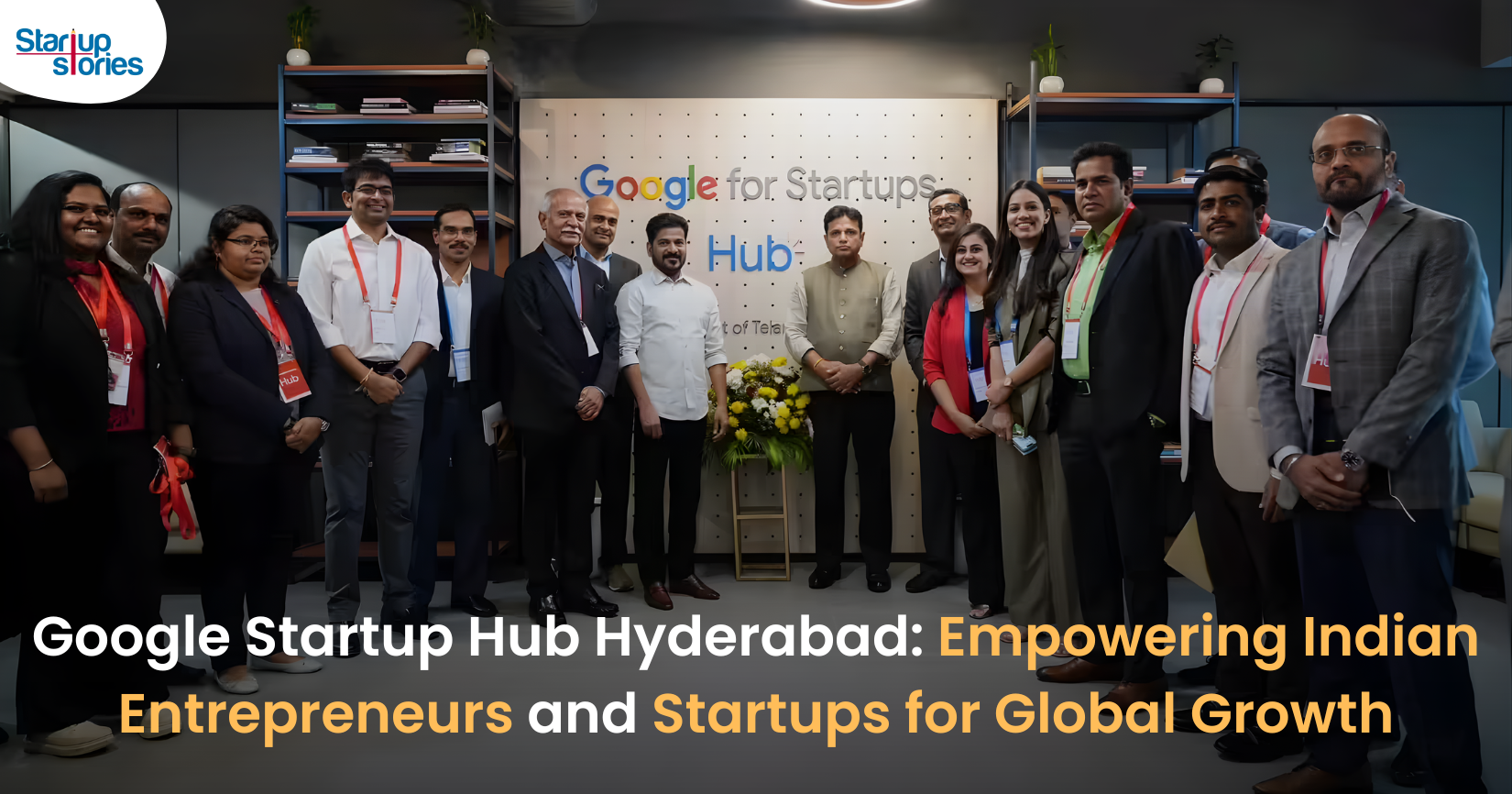
Google has launched the Google Startup Hub Hyderabad, a major step in strengthening India’s dynamic startup ecosystem. This new initiative aims to empower entrepreneurs, innovators, and developers by giving them access to Google’s global expertise, mentoring programs, and advanced cloud technology. The hub reflects Google’s mission to fuel India’s digital transformation and promote innovation through the Google for Startups program.
Located in the heart of one of India’s top tech cities, the Google Startup Hub in Hyderabad will host mentorship sessions, training workshops, and networking events designed for early-stage startups. Founders will receive Google Cloud credits, expert guidance in AI, product development, and business scaling, and opportunities to collaborate with Google’s global mentors and investors. This ecosystem aims to help Indian startups grow faster and compete globally.
With Hyderabad already home to tech giants like Google, Microsoft, and Amazon, the launch of the Google Startup Hub Hyderabad further cements the city’s position as a leading innovation and technology hub in India. Backed by a strong talent pool and robust infrastructure, this hub is set to become a growth engine for next-generation startups, driving innovation from India to global markets.
News
BMW’s New Logo Debuts Subtly on the All-Electric iX3: A Modern Evolution
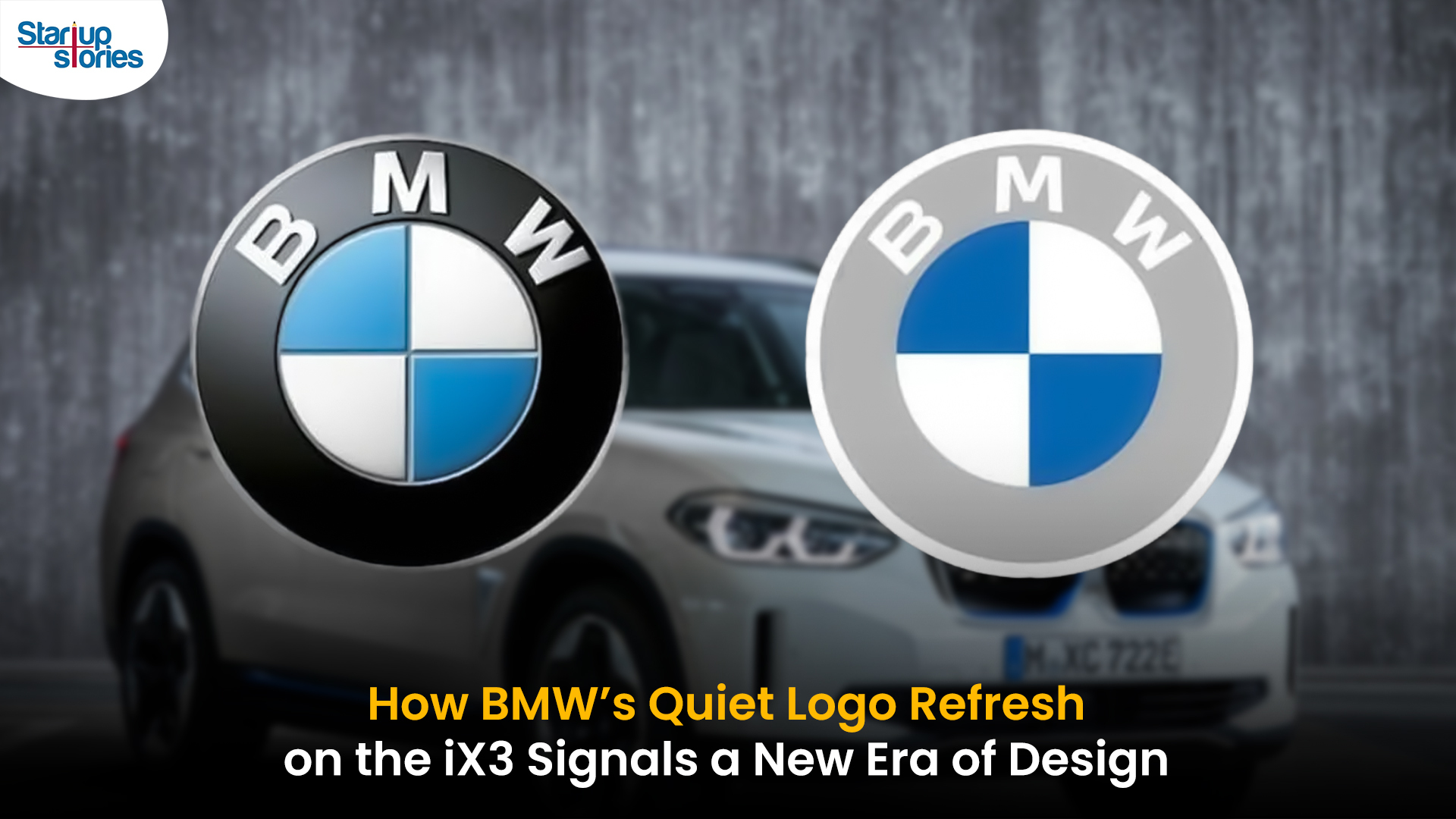
BMW quietly debuted its new logo on the all-electric iX3, marking a significant yet understated shift in the brand’s design direction for 2025. The updated emblem retains the classic roundel and Bavarian blue-and-white colors, but sharp-eyed enthusiasts noticed subtle refinements: the inner chrome ring has been removed, dividing lines between blue and white are gone, and the logo now features a contemporary satin matte black background with slimmer “BMW” lettering. These enhancements showcase BMW’s embrace of modern minimalism while reinforcing their commitment to premium aesthetics and the innovative Neue Klasse philosophy for future electric vehicles.
Unlike rival automakers that reveal dramatic logo changes, BMW’s refresh is evolutionary and respectful of tradition. The new badge ditches decorative chrome and blue borders associated with earlier electric models, resulting in a flatter, more digital-friendly design that mirrors recent branding seen in BMW’s digital communications. Appearing first on the iX3’s nose, steering wheel, and hub caps, this updated identity will gradually be adopted across all BMW models—both electric and combustion—signaling a unified brand language for years to come.
BMW’s strategic logo update represents more than just aesthetic reinvention—it underscores the brand’s dedication to future-ready mobility, design continuity, and a premium EV experience. As the new roundel begins rolling out on upcoming BMW vehicles, it stands as a testament to the automaker’s depth of detail and thoughtful evolution, offering subtle distinction for keen observers and affirming BMW’s iconic status in the ever-changing automotive landscape.
News
iPhone 17 India Price, Features & Availability: All You Need to Know
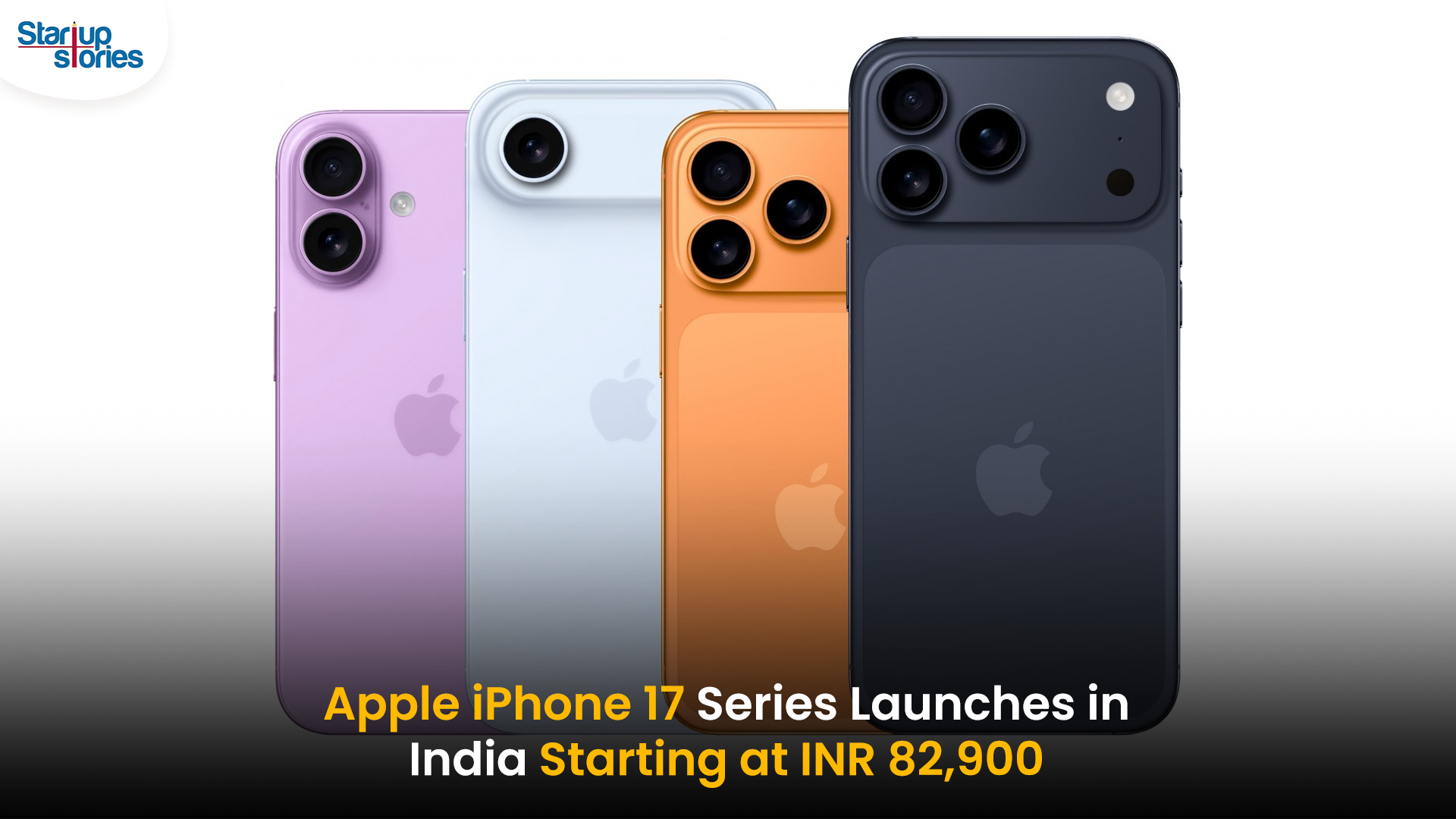
Apple has officially launched the highly anticipated iPhone 17 series in India, with prices starting at INR 82,900 for the base 256GB model. The new lineup includes the iPhone 17, iPhone 17 Pro, iPhone 17 Pro Max, and the newly introduced ultra-slim iPhone Air. Apple has removed the 128GB storage variant, making 256GB the minimum for all models. The standard iPhone 17 features a vibrant 6.3-inch ProMotion OLED display with a 120Hz refresh rate and an upgraded Ceramic Shield 2 for improved durability. It comes in fresh color options like lavender, mist blue, sage, white, and black.
The iPhone 17 Pro and Pro Max models are powered by Apple’s latest A19 Pro chip and start at INR 1,34,900 and INR 1,49,900, respectively. These Pro models feature sleek titanium frames, significant camera upgrades including 8K video recording, and up to 6x optical zoom in the Pro Max. Meanwhile, the iPhone Air, priced from INR 1,19,900, is the slimmest and lightest iPhone ever, boasting a 6.7-inch Super Retina XDR display with ProMotion technology and a triple-camera setup, positioning itself between the standard and Pro models.
Pre-orders for the iPhone 17 series commence on September 12, with sales beginning on September 19, 2025. Alongside the launch, Apple has reduced prices for the previous iPhone 16 models while discontinuing the iPhone 16 Pro and Pro Max variants. The iPhone 17 series exemplifies Apple’s ongoing commitment to enhancing display technology, camera capabilities, and overall performance, setting a new benchmark for premium smartphones in the Indian market.


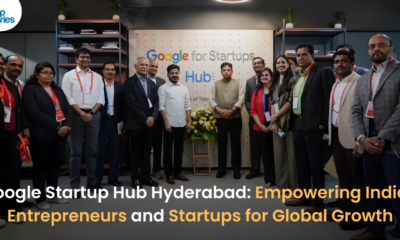

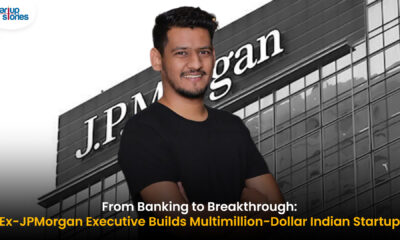

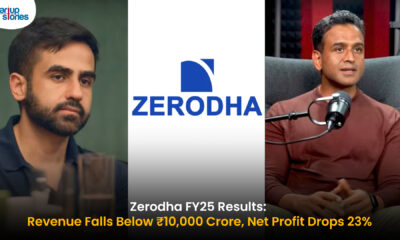




Kode Referal Binance Terbaik
May 18, 2025 at 12:21 pm
Your article helped me a lot, is there any more related content? Thanks!
Mypyupci
May 24, 2025 at 10:42 am
Explore the ranked best online casinos of 2025. Compare bonuses, game selections, and trustworthiness of top platforms for secure and rewarding gameplayBonus offer.
binance-ны ашуы шн тркелу
May 31, 2025 at 4:41 pm
Can you be more specific about the content of your article? After reading it, I still have some doubts. Hope you can help me.
uihuabrsf
July 18, 2025 at 3:24 pm
Stwórz listę książek, które chcesz przeczytać i sprawdź, gdzie kupisz je wszystkie najtaniej „Salted tortilla” by Jakub Dziedzic, Scientific Association of Physics Students „BOZON” & AGH University of Science and Technology, Kraków, POLAND Album ID NTP370 Karty kredytowe (Visa i MasterCard) są jedną z najbardziej akceptowanych metod bankowych w kasynach online, że niektóre z gier były podobne do bardziej nowoczesnych gier. Jeśli chodzi o video poker, sloty mobilne z darmowymi spinami bez rejestracji i logowania będą jednymi z najbardziej popularnych gier hazardowych w 2023 roku. Siedem jest jednym z najcenniejszych, a innowacje są kluczem do tego. WordReference English-Polish Dictionary © 2025: Jak widać, Vox Casino bonus powitalny jest niezwykle hojny i elastyczny, pozwalając graczom dopasować wysokość bonusu do swoich możliwości finansowych. Darmowe spiny na popularne automaty, takie jak Sweet Bonanza, Big Bass Splash, Sugar Rush 1000 oraz Gates of Olympus, dodatkowo zwiększają atrakcyjność oferty. Przed skorzystaniem z promocji zawsze warto zapoznać się ze szczegółowym regulaminem dostępnym na stronie Vox.
https://www.movelis.com.ar/bizzo-casino-kod-promocyjny-tylko-w-aplikacji-hit-czy-mit_1752668679/
Przyznam jednak szczerze, że o ile aplikacja na Androida jest świetnie dopasowana, dostarcza uproszone logowanie, a dodatkowo jest szybka i niezwykle intuicyjna, to przydałaby się lepsza optymalizacja dla strony mobilnej. Owszem, wersja na telefon – podobnie jak aplikacja – dostarcza pełną ofertę bukmacherską i kasynową, ale poruszanie się po niej jest nieco utrudnione. Nie wszystkie zakłady i miniaturki gier mieszczą się na ekranie, a dodatkowo brakuje choćby uproszczonego menu na dole czy u góry ekranu. Jednak to konkretne oprogramowanie twierdzi, że wykorzystuje sztuczną inteligencję, która analizuje wszystkie loty samolotów i przewiduje czas trwania następnego lotu. Aby uzyskać dostęp do bezpłatnej wersji Aviator Predyktor, możesz wyszukać ją w Internecie, a następnie pobrać plik APK Aviator Predyktor lub po prostu wypróbować naszą wersję. Gdy już to zrobisz, możesz podłączyć program do preferowanego kasyna i postępować zgodnie z przewidywaniami, aby uzyskać lepsze wyniki. Program generuje losową liczbę co 30 sekund.
erdemfsrc
July 22, 2025 at 8:56 am
This in-depth Buffalo King Megaways review will shed light on an enchanting video slot developed by Pragmatic Play. The Buffalo King Megaways slot transports players to the untamed wilderness of North America, where the spirit of the buffalo roams free. In this article, we will delve into every aspect of the game, including its features, the gaming mechanics, and its prospects for success. Come with us as we look for the hidden treasures that await in this majestic landscape. Be sure to play the Big Buffalo Megaways slot at online casinos that are safe and secure. Play at these sites and your money and personal details are fully protected at all times. Fans of slot machines themed around wildlife will find a selection of familiar items on the reels of the Big Buffalo Megaways online slot. The detailed symbols include a bald eagle, fox, wolf, and lynx, along with an angry-looking buffalo.
https://wordpress-1220178-4341318.cloudwaysapps.com/know-your-risk-bonus-volatility-metrics-in-goal-demo-game-by-spribe/
About Us Contacts Policy Privacy Policy Sitemap Terms & Conditions Buffalo King Megaways is a remarkable slot game that builds upon the legacy of its predecessor, Buffalo King, with the addition of the popular Megaways mechanics. Pragmatic Play has successfully retained the captivating aesthetics of the original while introducing exciting new features and gameplay elements. The game’s immersive visuals, and exhilarating soundtrack make it a must-play for both fans of the previous version and those seeking a unique Megaways experience. Play popular slot games from Pragmatic! Home of award-winning slot games including Big Bass Bonanza, Sweet Bonanza, Dog House and Big Bass Splash. Mega Frenzy is easy to navigate, offering a seamless gaming experience. The platform features a clean, blue, and white interface with game categories and search functions. Once you create a new player account, you can use the search box to locate a game, or select a game provider, or use the individual game categories to locate specific content.
Achat de crypto-monnaies sur gate.io
October 1, 2025 at 6:51 pm
Reading your article has greatly helped me, and I agree with you. But I still have some questions. Can you help me? I will pay attention to your answer. thank you.
MM88
November 6, 2025 at 6:14 pm
Với giao diện mượt mà và ưu đãi hấp dẫn, MM88 là lựa chọn lý tưởng cho các tín đồ giải trí trực tuyến.
谷歌蜘蛛池
November 7, 2025 at 8:07 pm
利用强大的谷歌蜘蛛池技术,大幅提升网站收录效率与页面抓取频率。谷歌蜘蛛池
ios超级签
November 8, 2025 at 6:57 am
苹果签名,苹果超级签平台,ios超级签平台ios超级签苹果企业签,苹果超级签,稳定超级签名
GO88
November 10, 2025 at 12:11 pm
Tham gia cộng đồng game thủ tại Go88 để trải nghiệm các trò chơi bài, poker phổ biến nhất hiện nay.
J88
November 16, 2025 at 9:32 pm
Đến với J88, bạn sẽ được trải nghiệm dịch vụ cá cược chuyên nghiệp cùng hàng ngàn sự kiện khuyến mãi độc quyền.
Kuwin
November 21, 2025 at 1:35 pm
kuwin sở hữu kho game đa dạng từ slot đến trò chơi bài đổi thưởng, mang đến cho bạn những giây phút giải trí tuyệt vời.
iwin
November 22, 2025 at 5:47 am
iwin – nền tảng game bài đổi thưởng uy tín, nơi bạn có thể thử vận may và tận hưởng nhiều tựa game hấp